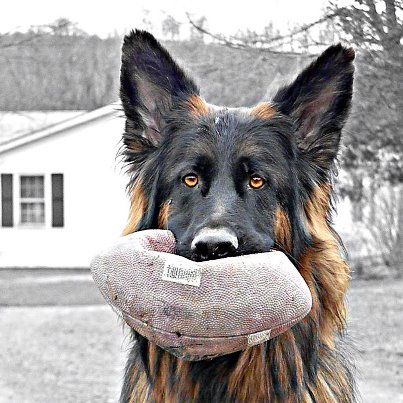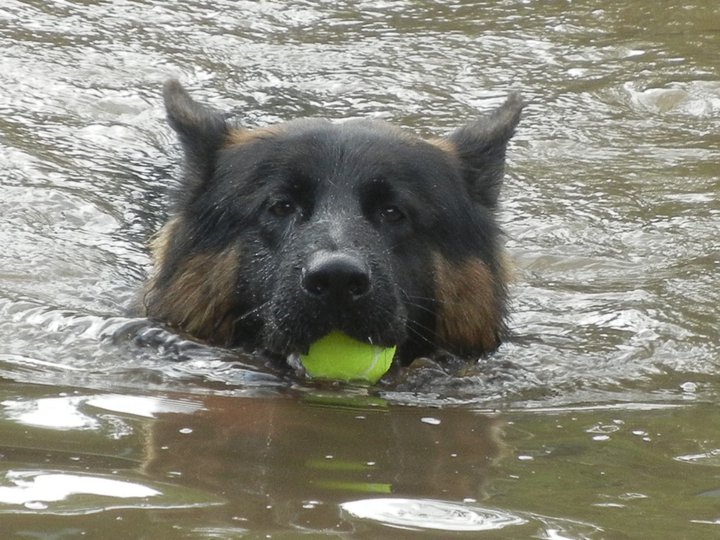Buying Young Dogs Vs Puppies
BUYING A YOUNG DOGS VS. A PUPPIES
In this short article we will explore the differences between buying an 8-10 week old puppy and a young dog, defined as between the age of 12 months – 2.5 years old. I have bred, raised and trained dogs for over 20 years and feel I have an objective perspective on the issue.
First, the pros and cons of a puppy will be presented, followed by the cons:
PROS OF A PUPPY
- Of course I hear from many clients how they want to grow up with and go through the puppy stage with their dog, so that they bond with them fully and enjoy the playful puppy years.
- Also, they can choose the puppy personally from a litter of a number of puppies.
- And some people say they just “know” when they see a puppy that it is the one.
- They love the furry, cuddly, bouncing pups and the cute stage.
CONS OF A PUPPY
First let me start with an introductory remark. I am a bit biased after placing 100s of puppies and young dogs with families and experiencing first hand the results. So please bear with me. A puppy is fraught with risks.
- You don’t know whether they will manifest congenital diseases (EPI, IBS, DM, etc) or faults until later, when it is too late to stop the heartbreak.
- You can’t know the joint health of the puppy for certain until around a year (which is the certification time in Europe although AKC uses 2 years for full certification, but this is another subject for discussion).Over 20% turn out with bad hips, and others with borderline. Why gamble?
- The puppy stage has to be dealt with in an educated way.You have to prepare the foundation for its future life during this time, and most people do a miserable job and end up with an unsocialized, poorly behaved, disobedient big dog that isn’t “cute” behavior anymore. And then you can end up with a problem that is hard to address.
- You have to be so careful of accidents at this stage. You shouldn’t let them jump off of stairs, which can cause damage to developing hips which are fully in the socket until around one year old. Poop and pee training can also be a real challenge. You should keep them away from other dogs until their inoculations until they have had theirs.
- You never know how they will turn out in conformation and appearance until about one. They can turn out to have bad cow-hocking, poor conformation, bite, ears, etc.
- You need to spend around $1,000 for all shots (including rabies), food, vet visits, crates, toys, puppy collars for the first year. And the hip certification (OFA) with x-rays could cost over $300-400 (with anesthesia).Then add elbow x-rays and certification.
Truthfully, I refer to the puppy years as the “difficult period”. Now, we can compare this to buying a younger dog:
PROS
- You can be certain of the hips and elbows as they can get a definitive certification from the European registry. I sell ONLY HD1/ED1 top hips and elbow. It means we may have to pass up some nice young dogs, but it means less probability of problems for my clients.
- Many of the congenital problems have already been manifest.
- The dog has matured quite a bit and behavior and temperament can be ascertained. You can test nerves, confidence, intelligence etc. as the dog is basically fully developed.
- The young dog is still adolescent and bonding is not a problem.It makes no difference if you buy a pup or young dog. The young dog will bond just as well with you and the family.
- A professional has raised them correctly through the “difficult” years and prepared them with a foundation for future life.
- Most all have been training started. This means the difficult part of learning to learn has already occurred and these dogs are easy to train, easy to acclimate to potty schedule and place, and a joy to take to obedience class.
- You also save the costs of the first year and all shots, vet, joint certifications or about $1000-$1500.
- Normally a breeder in Europe keeps back the best of the litter and does not sell them until they see how they come out. Then they only keep the ones they are certain will thrive in show and sell the rest. They wouldn’t want to invest in one which will not turn out well. They have a pretty good eye for dogs that will likely do well and so when you buy a young dog, many times it is one that was selected for retaining because it was very promising, but lost out to the best.
CONS:
I am sorry but it is difficult for me to be objective. I have seen so many happy customers with these young dogs and so few problems that is it difficult to point out cons specific to buying a young dog. Due to the pros above, it is just so much less risky.
- Some people’s lack of comfort with a new already grown dog.However I have never had this problem with a client. It is rare to have a dog returned.
- Cost: This is probably the one most point out. But remember, all the costs associated with the first year, inoculations and joint certifications are already done. Also, getting a dog with a lower probability of future health problems is worth it. These can be very costly in the future. Also considering that a good started dog is around $3,500-5,850, including all shipping and papers and crate, the cost may turn out to be much less.
- Not all congenital problems can be identified.This is true, however it is also true with a puppy. Also, the risks are substantially diminished as many of those problems would already be manifest at that age and therefore identifiable and the dog would not be sold.
CONCLUSION
In conclusion, I highly recommend started young dogs from reputable breeders in the US or imported. The risks are so much less and the benefits so much greater getting a dog with a foundation set by a professional. I deal only with imported young dogs because I believe that the quality is better in European German Shepherds. And I only deal with one or two breeder whom I know well and have had years of experience dealing with.


